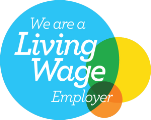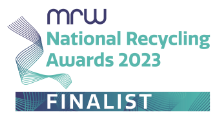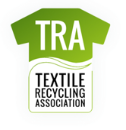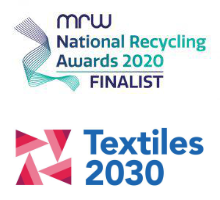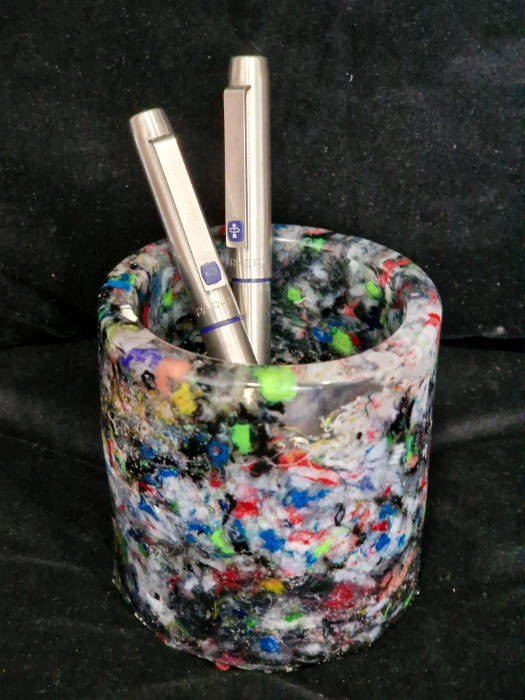In a world increasingly aware of environmental issues, the quest for sustainable practices has become more crucial than ever. As we step into 2024, one of the burning questions on our eco-friendly journey is, “What is the best way to recycle textiles?” Let’s explore the latest advancements and trends shaping textile recycling in the current year.
1. Advanced Recycling Technologies: The textile industry is witnessing a revolution in recycling technologies. Cutting-edge processes like chemical recycling and depolymerization are gaining traction. These methods break down textiles into their molecular components, allowing for the creation of new fibers without the loss of quality. Keep an eye on companies leading the charge in implementing these innovative solutions.
2. Closed-Loop Systems: Closed-loop systems are gaining popularity as they promote a circular economy. Brands are increasingly adopting models where they take back old clothing, recycle the materials, and create new products. This not only minimises waste but also encourages consumers to actively participate in the recycling process.
3. Upcycling Initiatives: Upcycling involves transforming old or discarded textiles into new, valuable products. Creative minds are repurposing textiles into trendy fashion items, accessories, or even home decor. This trend not only reduces waste but also adds a unique touch to sustainable living.
4. Community Recycling Programs: Local communities are playing a vital role in textile recycling and proudly we are happy to be a driving force in encouraging communities to donate old textiles. For 10+ years here at Roberts Recycling our mission revolves around keeping textiles out of landfills. With a heartfelt commitment to reducing the carbon footprint of unwanted textiles, we take pride in extending the lifespan of fashion waste and ethically recycling them when their journey concludes.
Our recycling program allows schools and communities to host a clothing bank, which is then filled up by their local community. Making donating easy for you and fundraising easy for the schools / clubs. It’s a win, win. Learn more here.
5. Consumer Awareness and Education: Education remains a key factor in promoting effective textile recycling. As we navigate through 2024, it’s essential to raise awareness about the environmental impact of textile waste and inform consumers about the available recycling options. Government initiatives, along with collaborations between businesses and educational institutions, can contribute significantly to this awareness.
6. Blockchain Technology for Transparency: Blockchain technology is making its way into the textile industry, providing transparency in the supply chain. This ensures that recycled textiles are genuinely sourced and processed, giving consumers confidence in their sustainable choices.
In conclusion, the best way to recycle textiles in 2024 involves a multifaceted approach. From embracing cutting-edge technologies to fostering community engagement and consumer awareness, the textile industry is evolving toward a more sustainable future. As individuals, businesses, and communities come together, we can collectively weave a greener fabric for generations to come.
